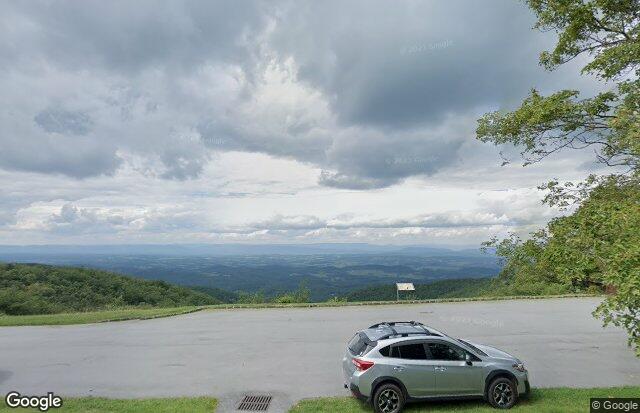
Blue Ridge Parkway
Birds of Interest
From the spruce-fir forests at the highest elevations down to the valley bottoms, the Blue Ridge Parkway provides nesting habitat for northern and southern birds alike. Additional dozens of other species pass through the Parkway on their spring and fall migrations. In all, more than 250 bird species have been observed along the Parkway. Species Checklist
As with plants and other animals, the mountaintops provided refuge for many birds as the glaciers retreated north at the end of the last ice age. Typically nesting in boreal forests of the north rather than in the southern United States, these species can be found in the Parkway's higher elevations, where the plants and habitats are more to their liking. About 20 percent of the Parkway's breeding birds, including veery, red-breasted nuthatch, black-throated green warbler, golden-crowned kinglet, and Canada warbler, are more typically found up north. Some of these, such as northern saw-whet owls, are disjunct populations and may be different species than their northern relatives.
The 4,000 acres of agricultural land on the Parkway provide habitat for other bird species. Bobolinks and eastern meadowlarks can occasionally be found singing on fence posts in the meadows and pastures. Taking advantage of the hunting opportunities that these open areas offer are American kestrels, year-round residents along the Parkway.
Streams, lakes, and wetlands provide additional habitat. Great blue herons and wood ducks benefit from the return of beavers and are often found in beaver ponds, as well as in streams and man-made lakes. The rattle of kingfishers can be heard at many ponds and along larger rivers. During migration sandpipers stop to feed along shorelines while bitterns and great egrets occasionally wade the wetlands.
Several rare species of birds nest along the Parkway. Cerulean warblers can be found during the summer in mature woods with open understories. Peregrine falcons reintroduced to the Southern Appalachians, have recently begun to nest again on the Parkway. Several pairs of the Appalachian yellow-bellied sapsucker and northern saw-whet owls nest in North Carolina.
About this Location
A Blue Ridge Parkway experience is unlike any other: a slow-paced and relaxing drive revealing stunning long-range vistas and close-up views of the rugged mountains and pastoral landscapes of the Appalachian Highlands. The Parkway meanders for 469 miles, protecting a diversity of plants and animals, and providing opportunities for enjoying all that makes this region of the country so special.
Check here for seasonal road closure information before you go: https://www.nps.gov/blri/planyourvisit/roadclosures.htm
Features
Restrooms on site
Content from Official Website
Last updated February 3, 2024
